Goudemalion: Jean-Paul Goude retrospective, Paris
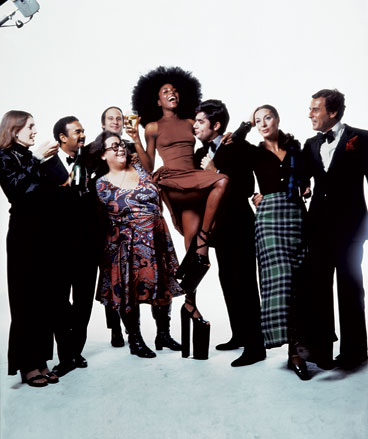
Best known as the man behind Grace Jones' iconic image in the early 1980s, Jean-Paul Goude's career defies categorisation. Over the past 40 years the self-styled 'auteur d'images' has worked as an illustrator, art editor, photographer and filmmaker. Now his unique contribution to the visual arts landscape is being celebrated with a retrospective at Musée des Arts décoratifs in Paris. Entitled Goudemalion: A Retrospective of the Life and Work of Jean-Paul Goude, the exhibition brings together drawings, objects, music, photographs and advertising films that capture the essence of the Parisian artist's distinctive vision.
Goude began his career in the 1960s as an illustrator, first in Paris and then New York, where he was an art director at US Esquire from 1970 to 1976, before joining New York Magazine. It was there that he first met and photographed Grace Jones, going on to become her lover and, as he laughingly puts it, her 'Pygmalion' - to which the title of the show is a humorous nod.
Goude was instrumental in honing Jones' public image, exaggerating her stylised androgyny with a series of striking looks, like the panther-like 'Cry Now Laugh Later', the surreal 'Contructivist Maternity Dress' and the famous photograph used on the cover of her 1985 compilation Island Life, which sees the singer twisted into an impossibly sinuous pose.
First published in New York Magazine in 1978, this image is in fact a montage of several photographs spliced together. In the days before Photoshop, this was Goude's trademark: using scissors to chop up photographs and then reassemble them, elongating limbs and exaggerating lines and curves. He called this technique 'French Correction'.
When his professional and romantic collaboration with Jones ended in 1985, Goude found his creative vision in demand from the advertising industry. His first campaign was for Lee Cooper jeans, swiftly followed by Citroën, Kodak and Perrier, as well as legendary TV adverts for Chanel: 'L'égoiste', featuring hundreds of women throwing open the shutters of a chateau, and 'Coco', in which Vanessa Paradis was encased in a birdcage.
But the project that made him a household name in France took place in 1989, when Goude was commissioned to design a huge parade down the Champs Elysées to commemorate the bicentennial of the French Revolution. The gigantic waltzing ladies that made such a dramatic impression in this parade are now the first sight greeting visitors to the Arts décoratifs exhibition. Designed by Goude himself, the show is organised into different sections, one a chronological journey from his early days to his most recent work, another recreating the most celebrated moments of his career.
The exhibition will also be accompanied by a 432-page French catalogue containing 600 illustrations. Looking through the images, one thing becomes clear: certain elements of Jean-Paul Goude's iconography - his fascination with multiculturalism, his taste for the flamboyant and the theatrical - remain constant, regardless of what he's being paid to promote.
Wallpaper* Newsletter
Receive our daily digest of inspiration, escapism and design stories from around the world direct to your inbox.
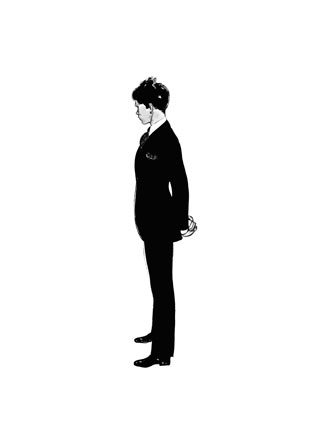
’Les minets’ fashion drawing, 1964
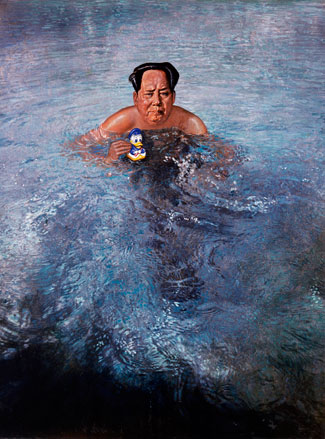
’Mao in the water’, 1972
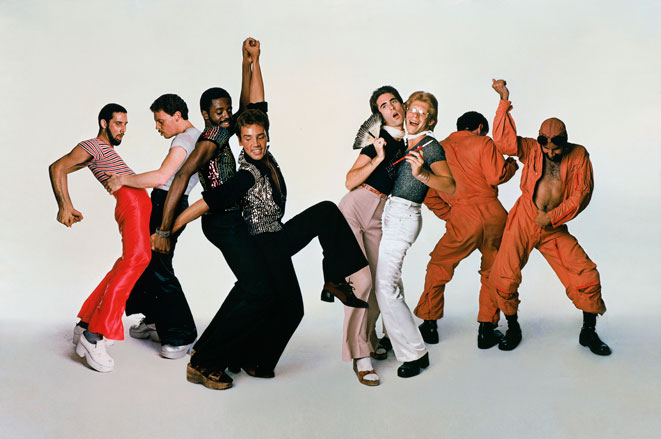
’Gays’, New York, 1975
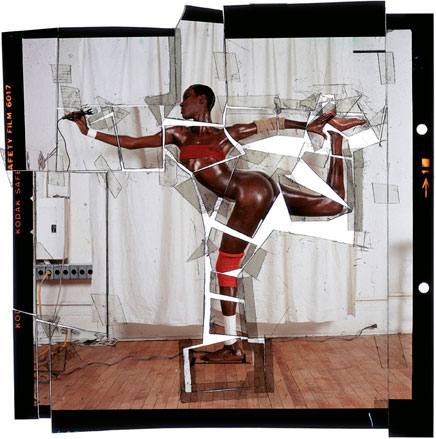
’Grace revue et corrigée’ (Grace re-visited) photo collage, New-York, 1978
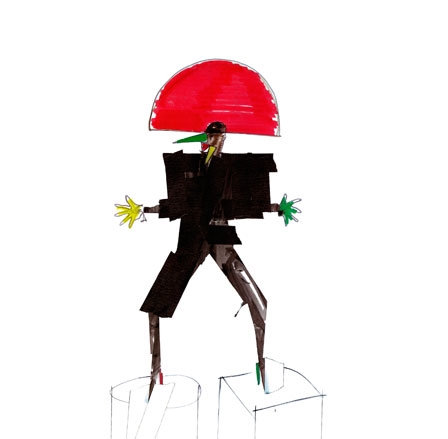
Pencil drawing with tape sketch for Grace Jones’ ’Libertango’ costume, 1981
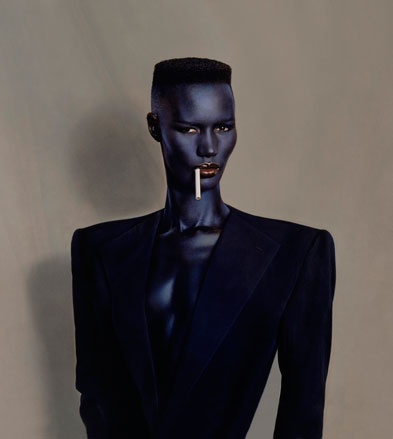
’Blue-black in Black on Brown’, oil paint on collage image, New York, 1981
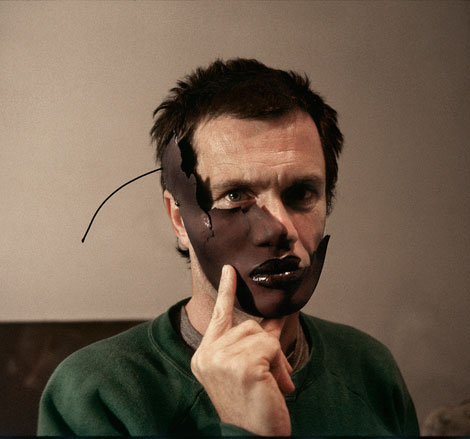
’Le Noir’ self-portrait, New York, 1982
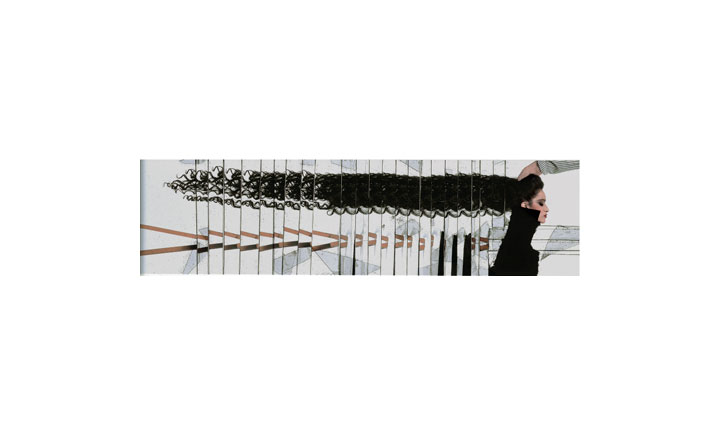
’Farida’, Paris, 1983
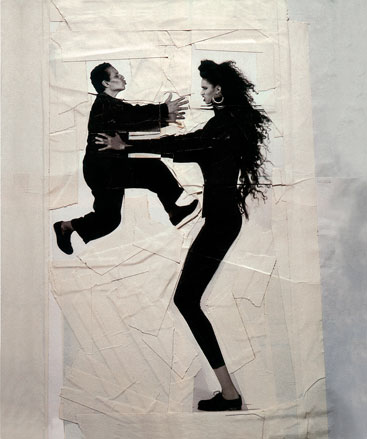
’Azzedine et Farida’ deconstructed picture, 1984
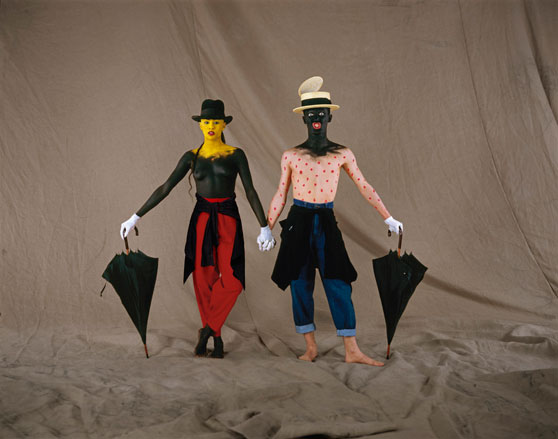
’Tous parents, tous différents’, depicting characters ’Fred and Mia’, from a Lee Cooper advertisement, Paris, 1986
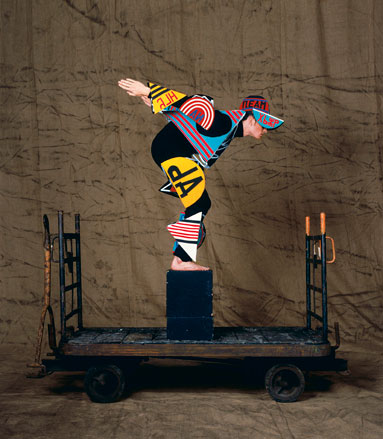
’Le bicentenaire’, Paris, 1989
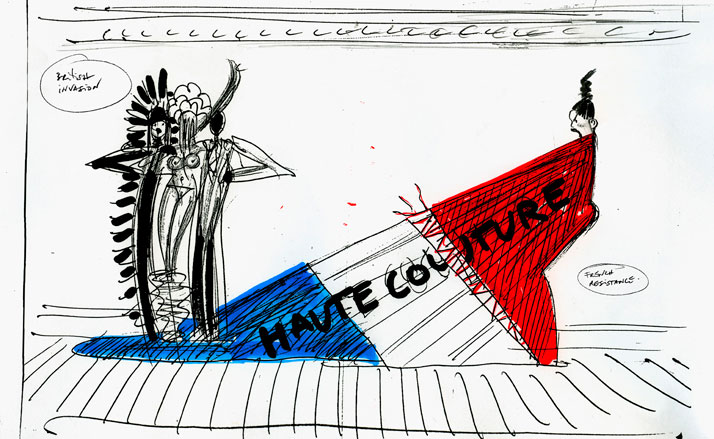
’Haute Couture’ pencil on paper, Paris, 1992
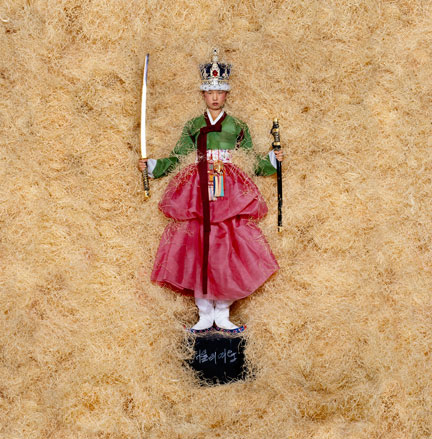
’The Queen of Séoul’, Paris, 1994

Maternité, Paris, 1995
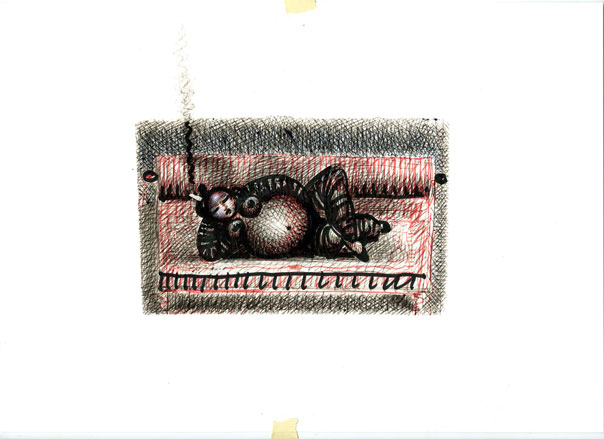
’Maternité’ pencil and biro drawing on paper, Paris, 1995
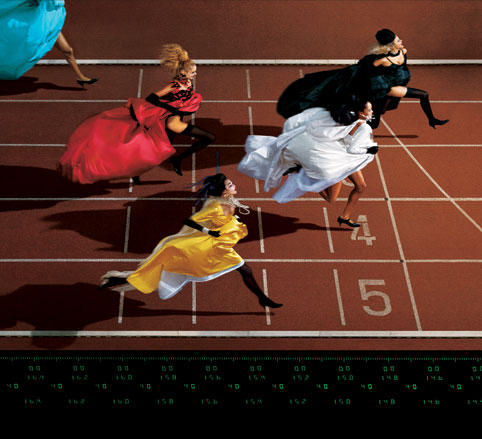
’La Mode et Le sport’ (fashion and sport) photoshoot for Elle, 1996
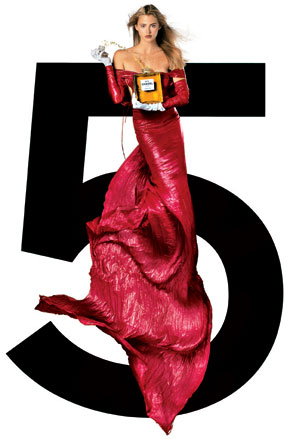
’Pour N°5 Chanel’ advertisement for Chanel, featuring Estella Warren, Los Angeles, 2001
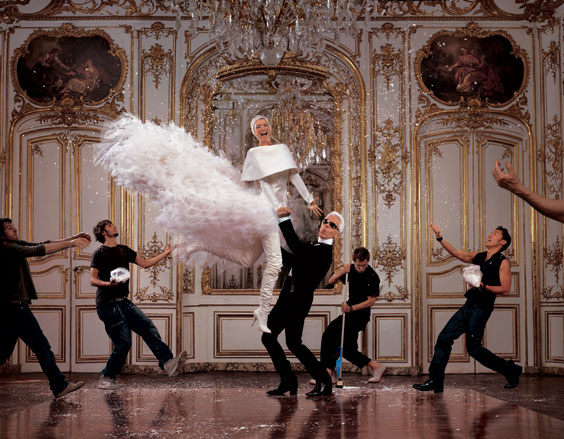
Karl Lagerfeld and Linda Evangelista, shot for Harper’s Bazaar US, Paris, 2003
ADDRESS
Les Arts Décoratifs
107 Rue de Rivoli
75001 Paris
-
 All-In is the Paris-based label making full-force fashion for main character dressing
All-In is the Paris-based label making full-force fashion for main character dressingPart of our monthly Uprising series, Wallpaper* meets Benjamin Barron and Bror August Vestbø of All-In, the LVMH Prize-nominated label which bases its collections on a riotous cast of characters – real and imagined
By Orla Brennan
-
 Maserati joins forces with Giorgetti for a turbo-charged relationship
Maserati joins forces with Giorgetti for a turbo-charged relationshipAnnouncing their marriage during Milan Design Week, the brands unveiled a collection, a car and a long term commitment
By Hugo Macdonald
-
 Through an innovative new training program, Poltrona Frau aims to safeguard Italian craft
Through an innovative new training program, Poltrona Frau aims to safeguard Italian craftThe heritage furniture manufacturer is training a new generation of leather artisans
By Cristina Kiran Piotti